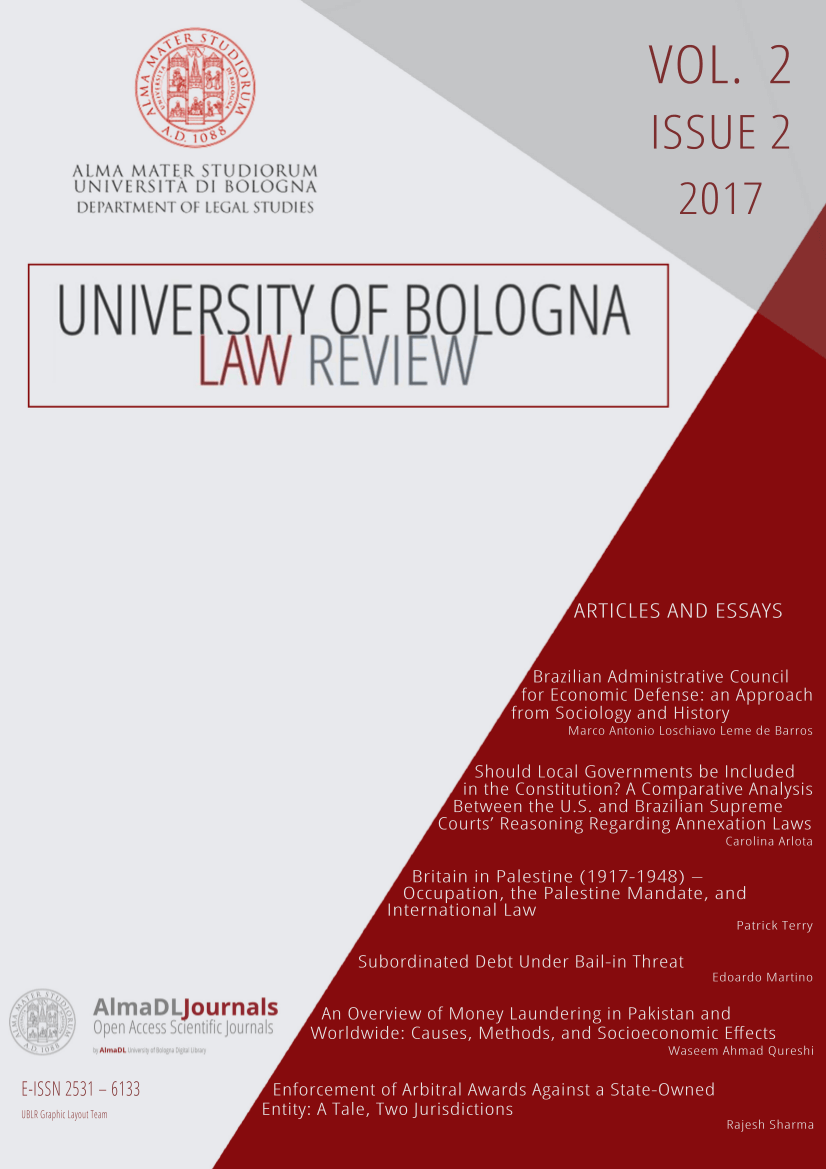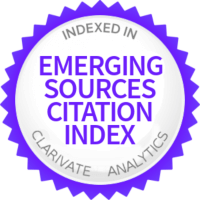An Overview of Money Laundering in Pakistan and Worldwide: Causes, Methods, and Socioeconomic Effects
DOI:
https://doi.org/10.6092/issn.2531-6133/7816Keywords:
Money Laundering, Anti-Money Laundering (A.M.L.), Drug Trafficking, Smuggling, Stages of Money Laundering, Round Tripping, Terrorism Financing, Tax EvasionAbstract
Money laundering is the clandestine movement of cash from one region to another without notifying it to the government authorities with the purpose of evading taxes, disguising ill-gotten incomes, and converting illegally earned money into legitimate assets. Money laundering involves three steps: the placement of cash into a foreign bank, performing transactions as layers of cash, and then capitalizing the withdrawn cash into legitimate investments. The failure of financial institutions, including banks, in detecting the laundered cash is a major reason for money laundering. On the other hand, round tripping, cash structuring, bank controlling, N.G.O. funding, and foreign exchange agencies’ illegal money transferring activities are some of the methods of performing money laundering, which in the long run cause disastrous effects to the economy, especially on the private sector and emerging markets. Money laundering also invites social costs, which expedite the elevation of other serious crimes such as drug trafficking, smuggling, arms trafficking, and the financing of terrorism. Through effective legislation and implementation of anti- money laundering laws, as well as cooperating with international anti-money laundering agencies, the illicit crime of money laundering can be prevented at both regional and global levels.
Downloads
Downloads
Published
How to Cite
Issue
Section
License
Copyright (c) 2017 Waseem Ahmad Qureshi
The copyright of all the manuscripts on this journal belongs to the respective authors.
This journal is licensed under a Creative Commons Attribution 4.0 International License (full legal code).
See also our Open Access Policy.












